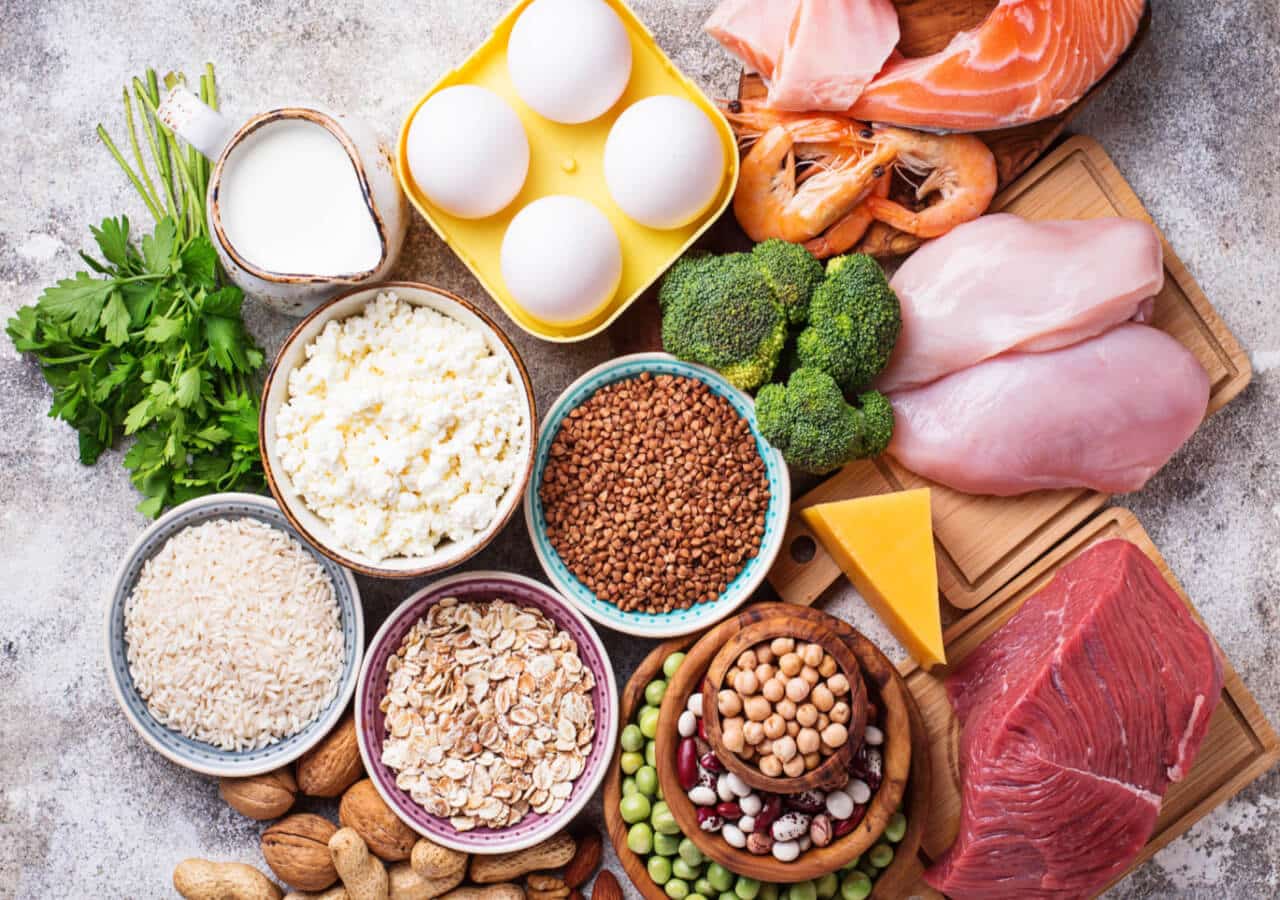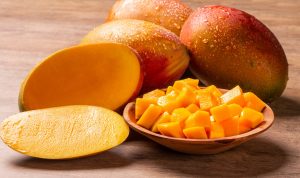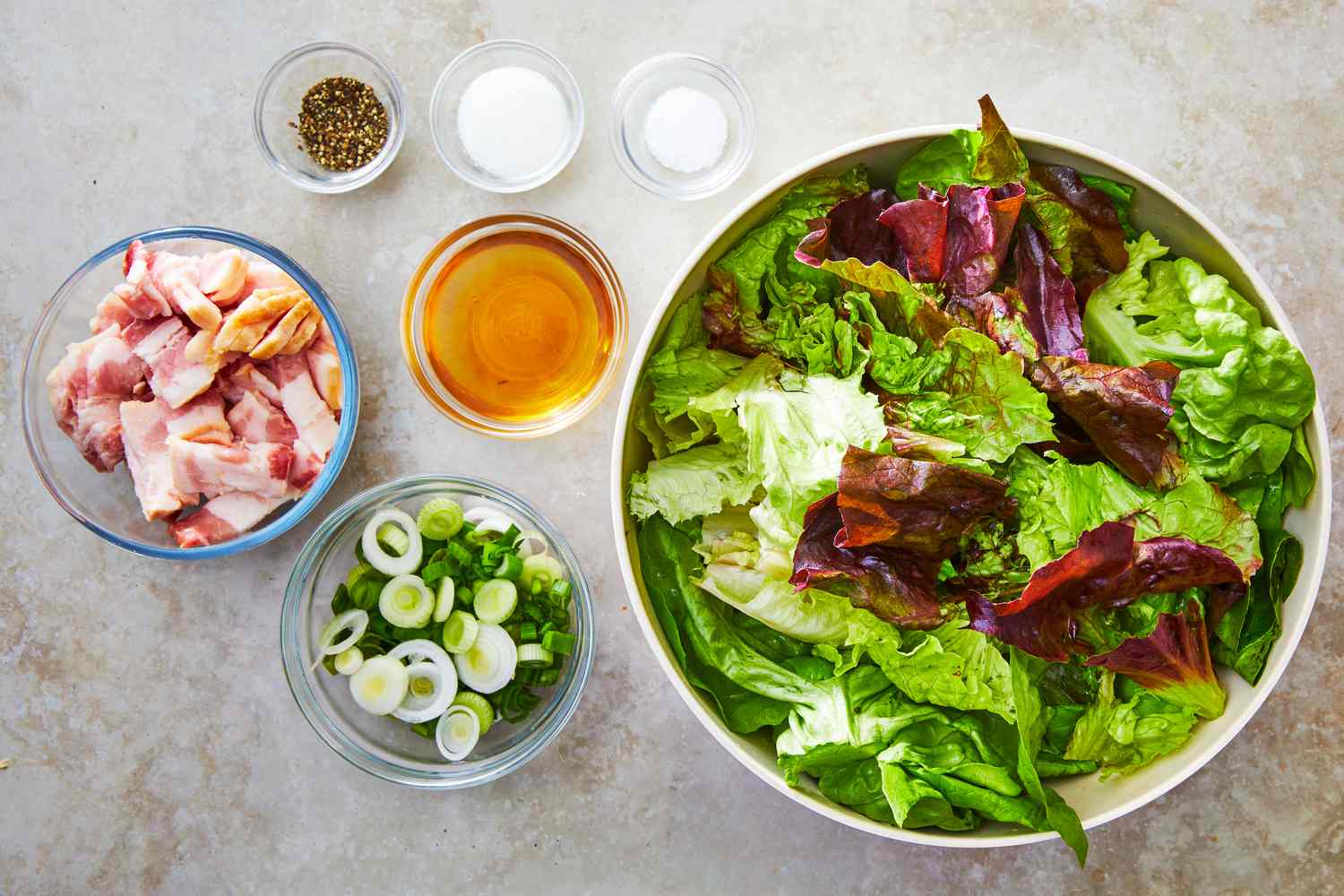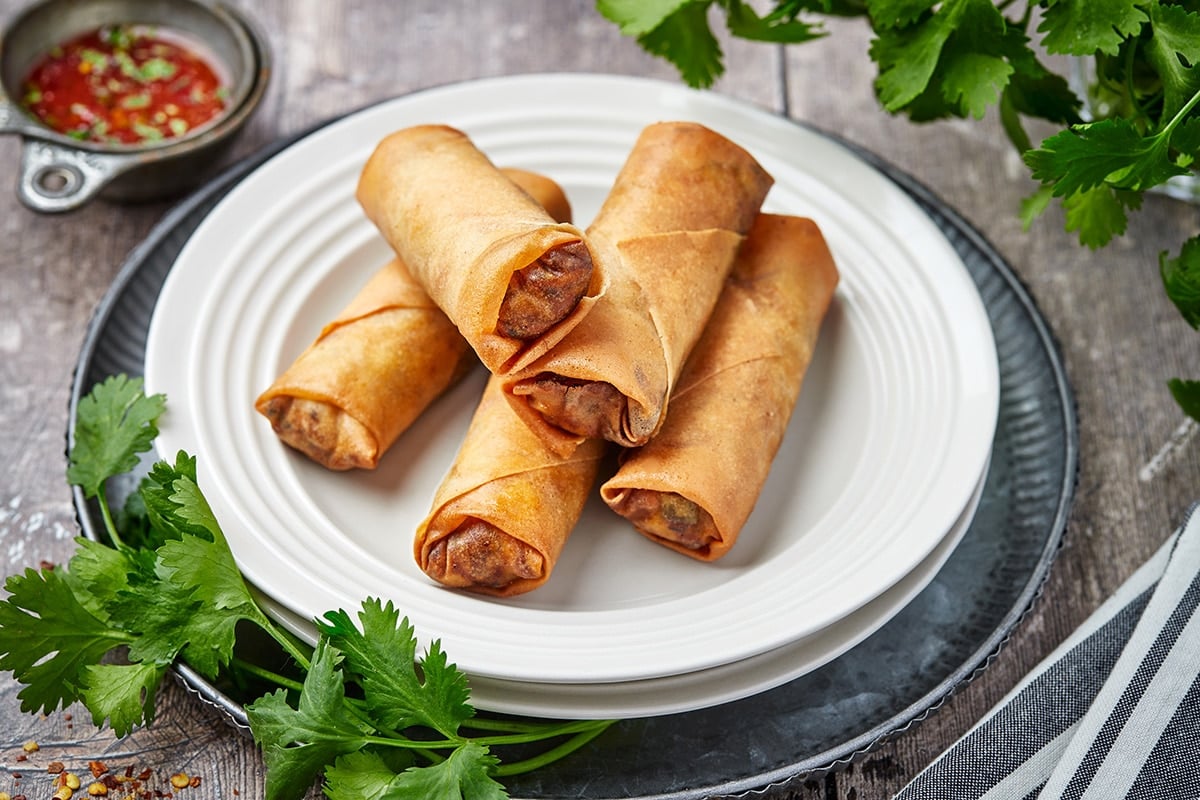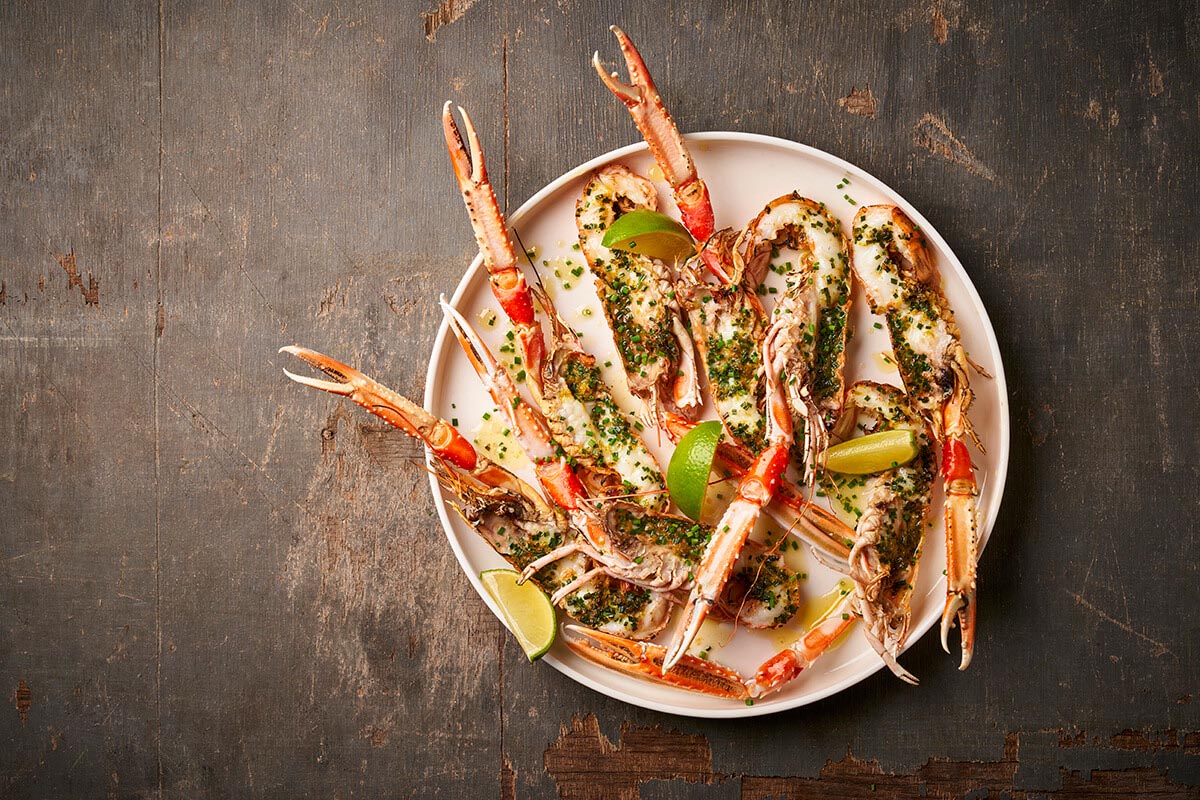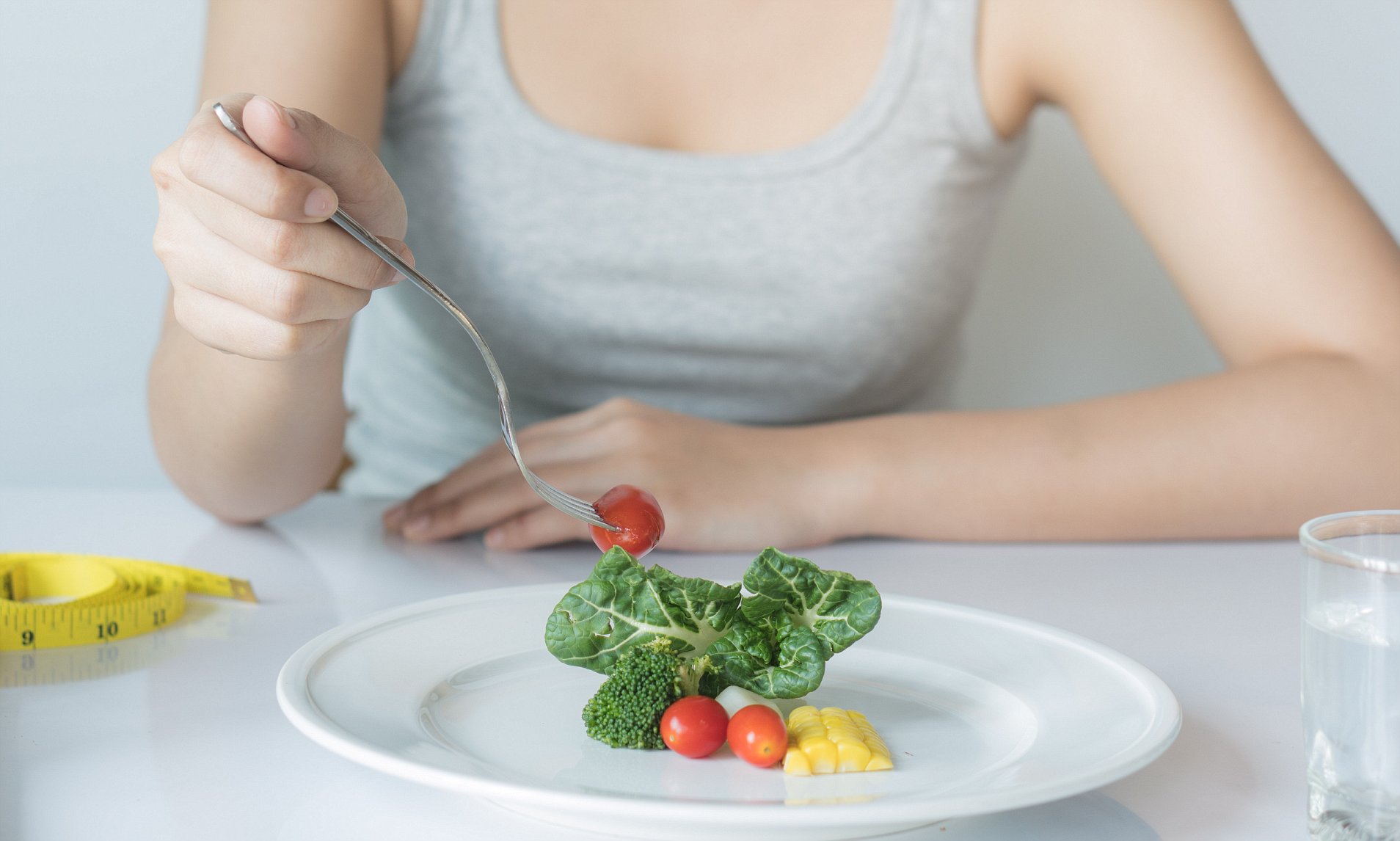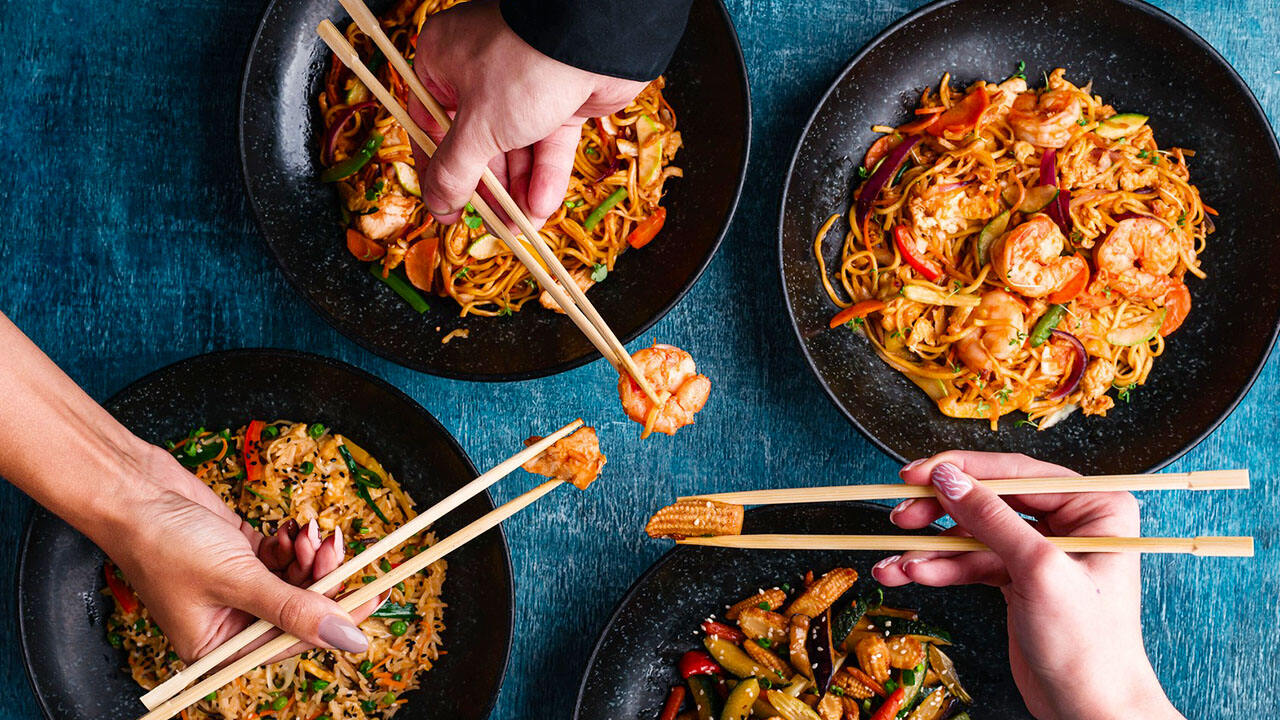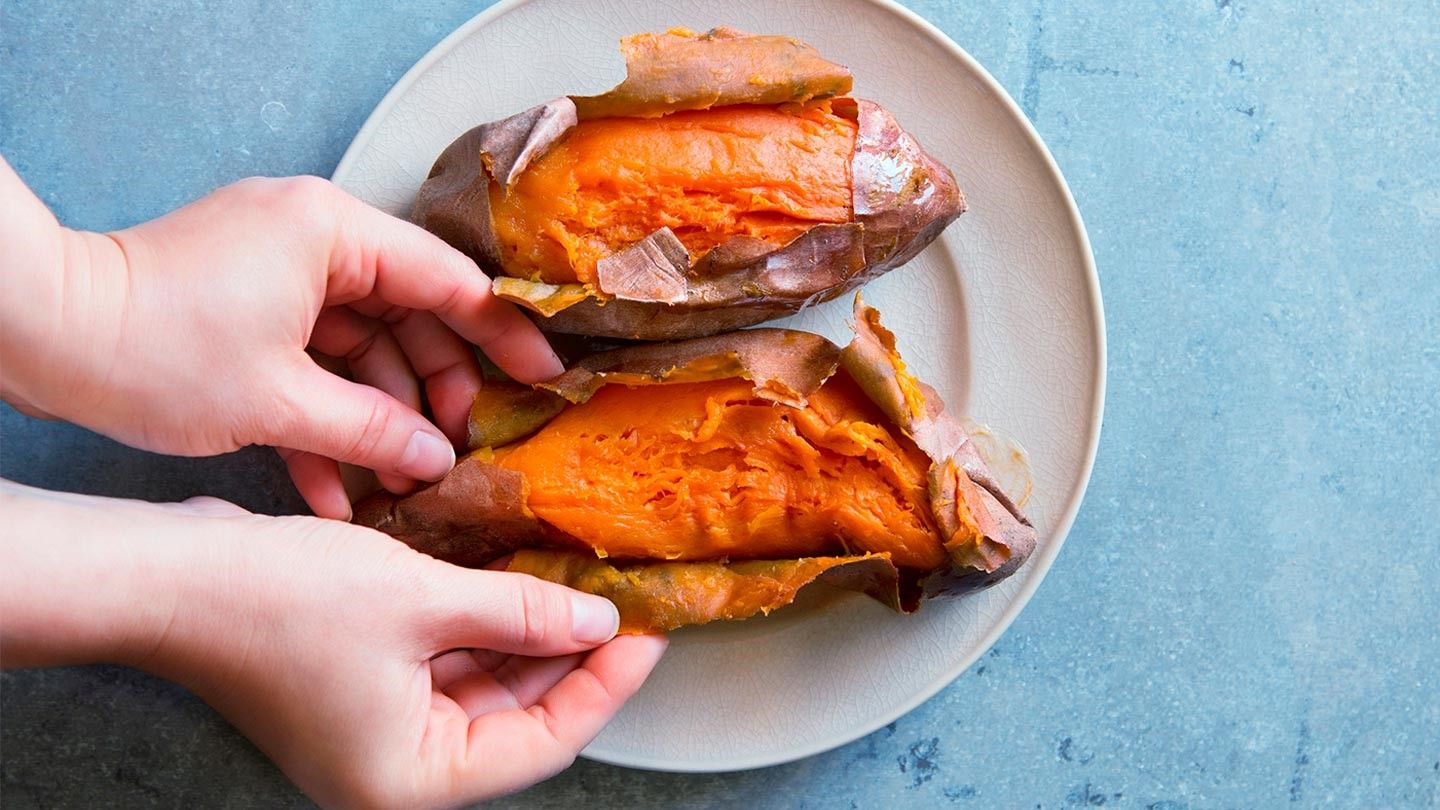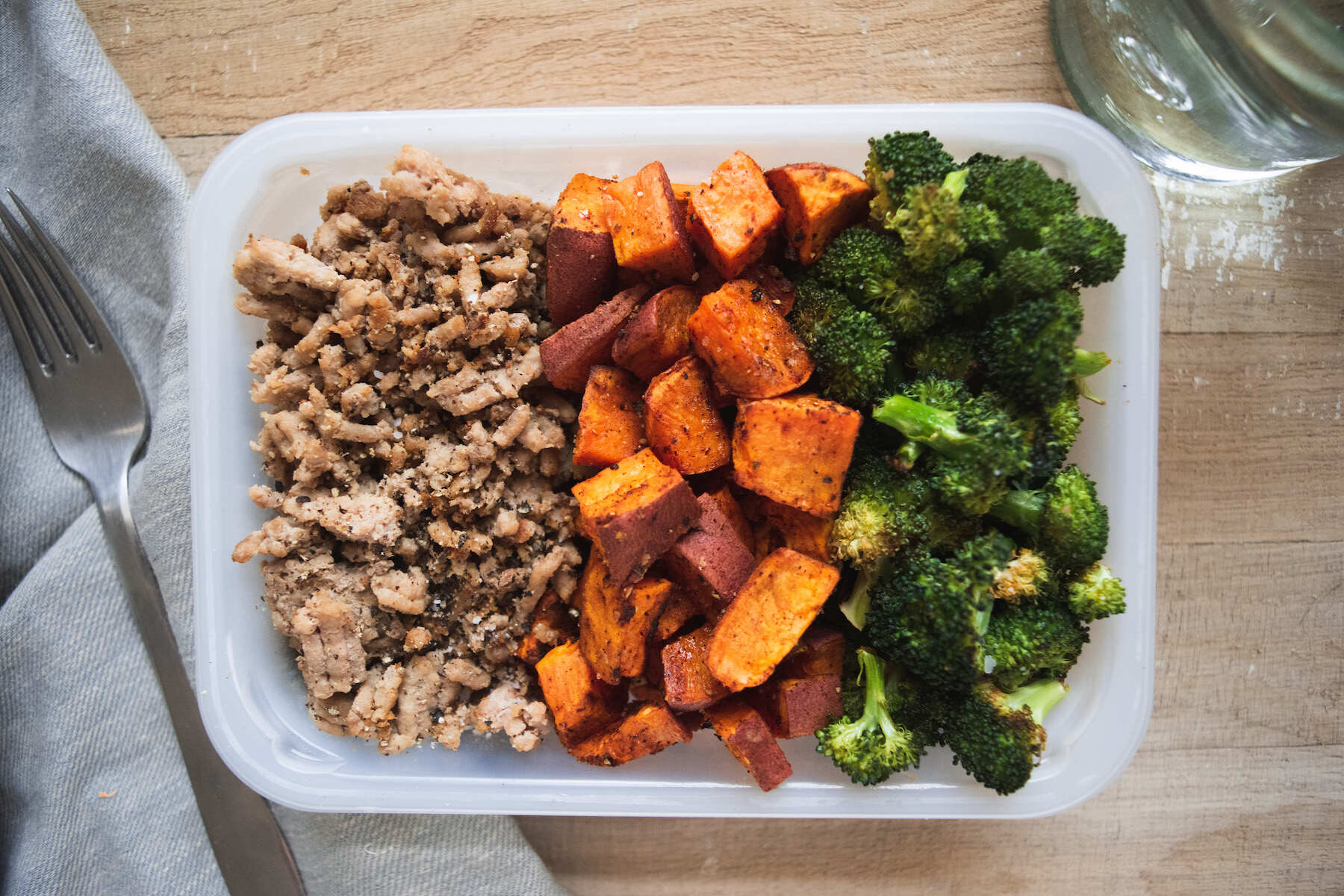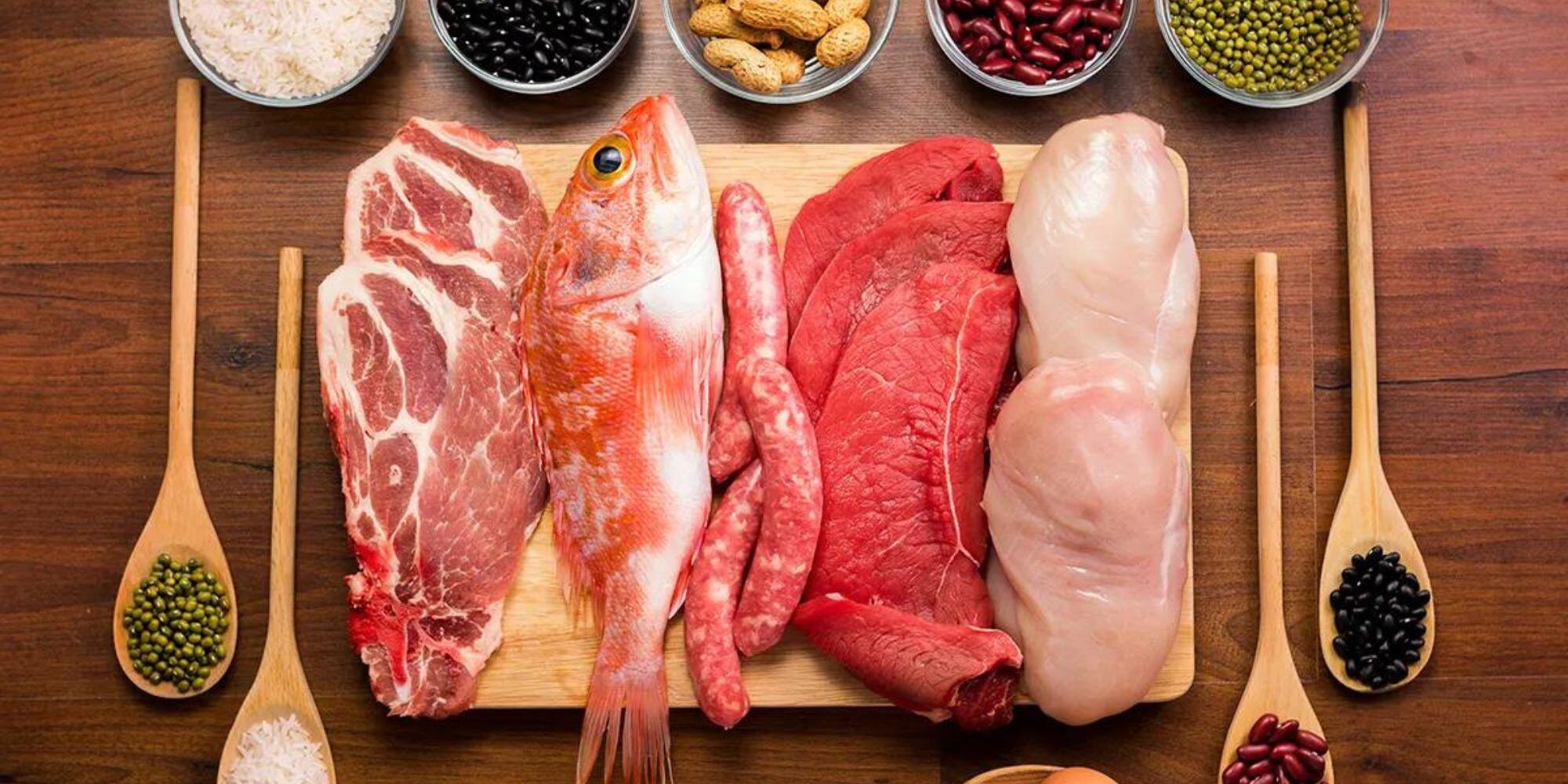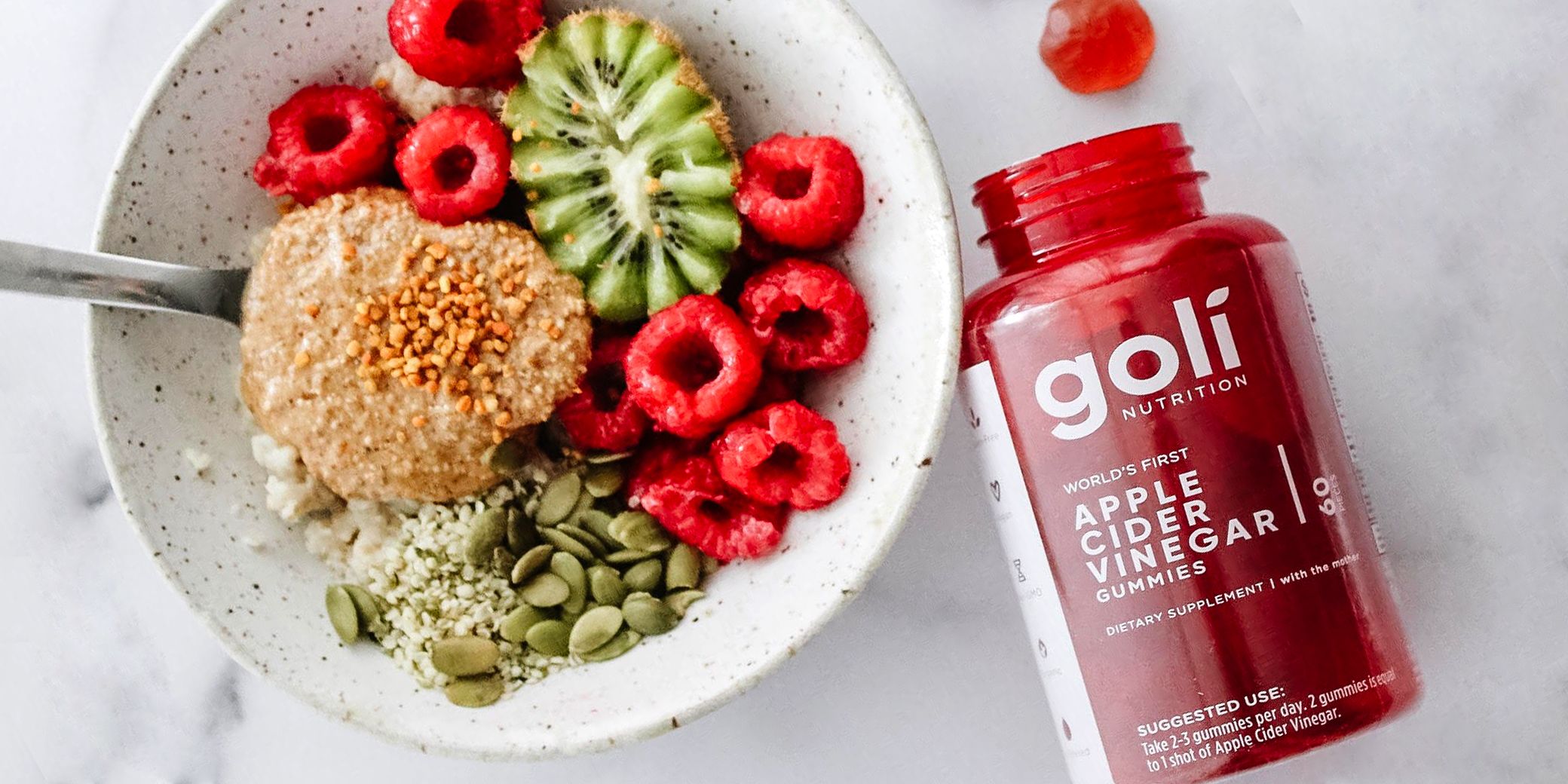How to Feel Full on a 1000-Calorie Diet
Embarking on a 1000-calorie diet plan can be challenging, especially when it comes to feeling full and satisfied. However, with the right approach and food choices, it is possible to achieve satiety while sticking to a lower calorie intake. Here are some tips to help you feel full on a 1000-calorie diet:
1. Prioritize High-Fiber Foods
Fiber is known for its ability to promote feelings of fullness. Incorporating high-fiber foods such as fruits, vegetables, whole grains, and legumes into your meals can help you stay satisfied on a 1000-calorie diet. These foods not only provide volume but also take longer to digest, keeping hunger at bay.
2. Include Lean Protein Sources
Protein is essential for maintaining muscle mass and promoting satiety. Opt for lean protein sources such as chicken breast, turkey, fish, tofu, and legumes. Including protein in each meal can help you feel full and prevent excessive snacking throughout the day.
3. Stay Hydrated
Drinking an adequate amount of water is crucial for managing hunger. Sometimes, feelings of hunger can be mistaken for thirst. Aim to consume at least 8 glasses of water per day to help control your appetite and stay hydrated.
4. Choose Nutrient-Dense Foods
When following a 1000-calorie diet, it’s important to make every calorie count. Focus on nutrient-dense foods that provide essential vitamins, minerals, and antioxidants. These include leafy greens, berries, nuts, seeds, and whole grains. Nutrient-dense foods not only support overall health but also contribute to a greater sense of fullness.
5. Practice Mindful Eating
Mindful eating involves paying attention to the sensory experience of eating and being fully present during meals. By slowing down and savoring each bite, you can enhance satisfaction and prevent overeating. Avoid distractions such as watching TV or using electronic devices while eating, as these can lead to mindless consumption.
6. Plan Your Meals and Snacks
Meal planning can help you make the most of your 1000-calorie allowance. By prepping balanced meals and snacks ahead of time, you can ensure that you have satisfying options readily available. This can also prevent impulsive food choices that may not contribute to feeling full on a lower calorie intake.
7. Incorporate Healthy Fats
While it’s important to be mindful of portion sizes, including healthy fats such as avocados, olive oil, and nuts can add richness and flavor to your meals, contributing to a greater sense of satisfaction. Be mindful of portion sizes, as fats are calorie-dense, but they can enhance the palatability of your meals.
8. Be Mindful of Portion Sizes
Portion control is key when it comes to feeling full on a 1000-calorie diet. While nutrient-dense foods are valuable for satiety, it’s important to be mindful of portion sizes to avoid consuming excess calories. Using smaller plates and utensils can create the illusion of larger portions, helping you feel more satisfied with your meals.
By incorporating these strategies into your 1000-calorie diet plan, you can optimize your food choices to promote feelings of fullness and satisfaction. Remember to listen to your body’s hunger and fullness cues, and make adjustments to your diet as needed to support your overall well-being.
Recipes and Further Applications of the 1000-Calorie Diet Plan
After learning how to manage a 1000-calorie diet, integrating specific recipes can make this approach both enjoyable and sustainable. For those new to calorie counting, the Hearty Lentil Soup Recipe offers a filling, nutritious option with high fiber content. I recommend trying the Cauliflower Rice Stir-Fry Recipe for a low-calorie, high-volume meal that satisfies without the heaviness of traditional rice. Additionally, the Spinach and Feta Stuffed Chicken Breast Recipe is perfect for a protein-rich dinner that keeps you feeling full longer. These recipes not only adhere to the 1000-calorie diet guidelines but also ensure you enjoy diverse, flavorful meals.

